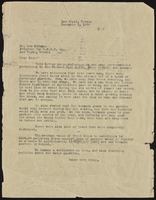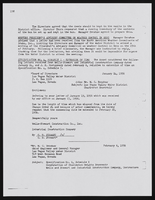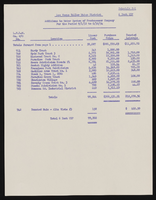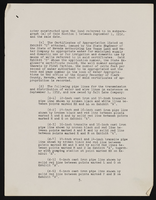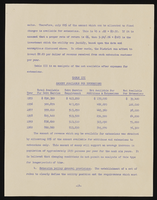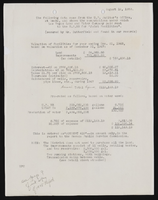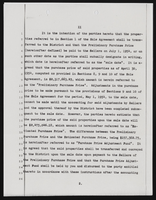Search the Special Collections and Archives Portal
Search Results
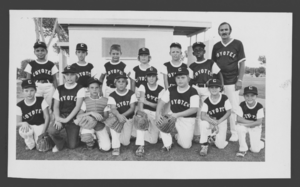
Photograph of the Pee Wee "Coyotes" Little League baseball team and their coach, North Las Vegas, Nevada, May 28, 1975
Date
1905-05-28
Archival Collection
Description
The Pee Wee "Coyotes" Little League baseball team, North Las Vegas, Nevada, May 28, 1975. Front row, left to right: Warren Hampton, Anthony Richardson, Ricky Finkler, Randy Smith, Jerry Pennell, David McDonald, Tommy Pennell, Trevor Pennell. Back row, left to right: Ignatio Navarez, Freddie McGowan, Dennis [LeChase], Shawn [Leake], Jerome Hill, Brian Smith, Coach Don Pennell.
Image

Photograph of United States Air Force Thunderbirds at Nellis Air Force Base, Nevada, October 9, 1979
Date
1979-10-09
Archival Collection
Description
U.S. Air Force Thunderbirds (the Air Force's aerial demonstration team) pilots sit in their planes with canopies open, during an open house at Nellis Air Force Base, Nevada. Planes are labeled with the pilots' names, L-R: SSgt Ramón Badia; Lt Col D. L. Smith; Rob McCall; (?) Shackelford; Capt. Ron Maness; SSgt Mike Cook; Capt Jim Latham; Carl Priddy; Maj. Jim Coziahr; Capt. [Gail] "Scar"Scarborough, Capt. R. D. Evans. Site Name: Nellis Air Force Base (Nev.)
Image
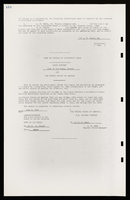
Pagination
Refine my results
Content Type
Creator or Contributor
Subject
Archival Collection
Digital Project
Resource Type
Year
Material Type
Place
Language
Records Classification

